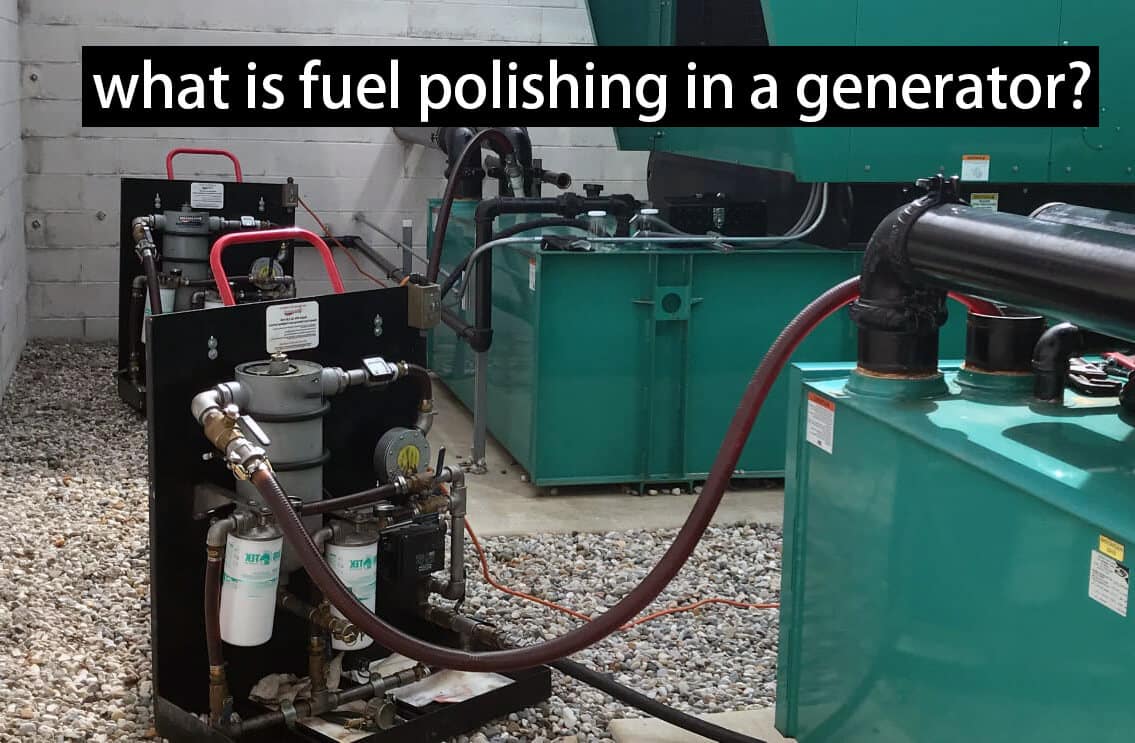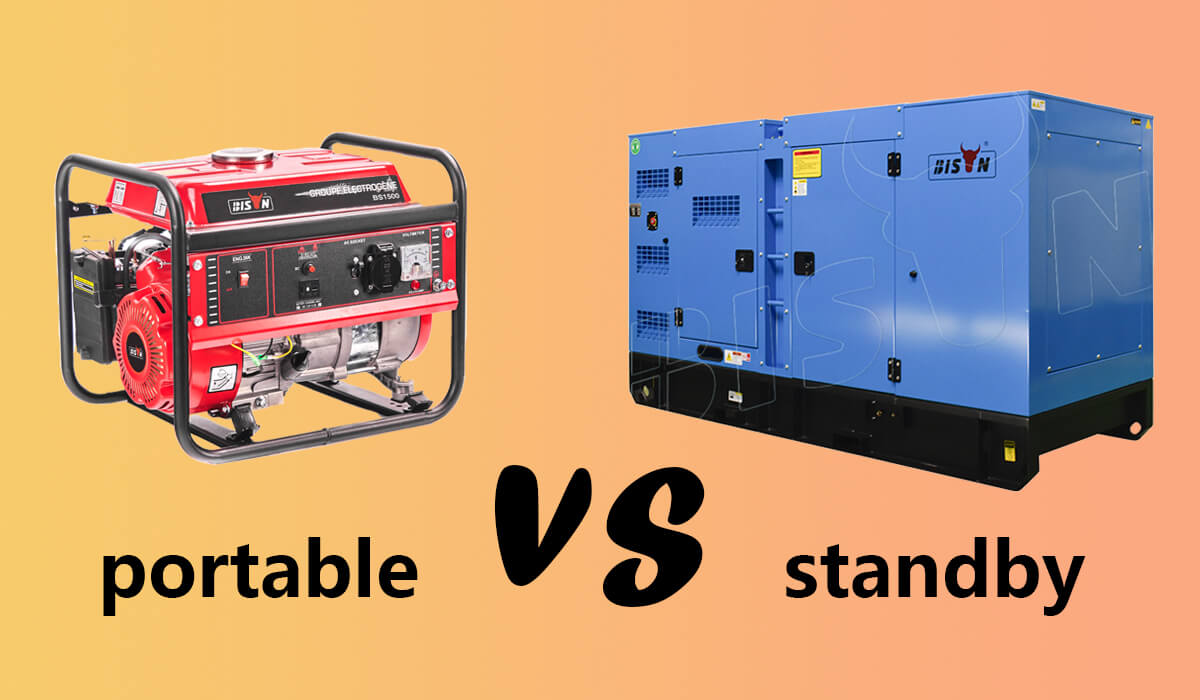What causes a generator to under voltage?
- BY BISON
Table of Contents
Under voltage in a generator means it’s producing less voltage than required. While this might seem minor, it can cause major issues—appliances may malfunction, motors can overheat, lights might flicker, and sensitive electronics could shut down. Whether at home, on a job site, or in a business, a steady power supply is essential, and under voltage presents a serious risk.
Generators play a vital role in providing reliable power—especially when the main grid fails or is unavailable. But like any machine, they can develop issues that affect performance. One common problem is under voltage, where the generator’s output falls below the desired voltage level.
This blog will explore the most common causes of generator under voltage—such as engine issues, worn components, poor maintenance, or improper electrical load—and provide simple, clear instructions to ensure your generator is running safely and efficiently.

What is generator under voltage?
Generator under voltage occurs when the output voltage falls significantly below its normal or rated level. For example, if a device requires 230V but the generator only delivers 200V, this drop is considered under voltage.
This condition is more than just a technical fault—it can have serious consequences. Most electrical devices are designed to operate within a specific voltage range, and when the voltage is too low, it can lead to:
- Overheating or stalling of motors
- Flickering or dimming of lights
- Shutdown or damage to sensitive electronics
- Malfunctioning of industrial machines or incorrect readings
- Equipment operates inefficiently, increasing energy consumption and wear and tear. Over time, this can lead to permanent damage, system failure, or costly repairs.
Causes of generator under voltage
1. Engine problems
The most common cause of low voltage in generators is engine trouble. Since the engine drives the generator, any issue that affects its performance—especially engine speed—can lead to under voltage.
The main engine-related issues include:
- Faulty governor: The governor regulates engine speed. If it fails, the engine may slow down under load, resulting in under voltage.
- Fuel issues: Clogged fuel filters, dirty carburetors, or malfunctioning injectors can restrict fuel flow, causing weak engine performance.
- Poor-quality or incorrect fuel: Using old, dirty, or incorrect fuel types can cause the engine to run rough or lose power.
- Overloading: Connecting too many devices can overload the generator, forcing the engine to slow down and causing the voltage to drop.
2. Electrical system problems
- Voltage regulator problems: It adjusts the generator’s output to match the load and keep voltage within a safe range. If the regulator fails—due to incorrect settings, faulty internal components, or misread voltage—it can’t respond properly to load changes, leading to under voltage.
- Wiring issues: Loose, corroded, or damaged wires add resistance, which interrupts smooth electrical flow and causes voltage drops. Frayed cables or weak connections are especially common in older generators or units exposed to moisture and dirt.
- Grounding problems: Proper grounding ensures electrical safety and helps the generator regulate voltage correctly. Without it, the system may produce unstable or low voltage, which can damage connected devices.
- Overloading the generator: Plugging in too many devices pushes the generator beyond its rated capacity, straining its electrical components and causing under voltage. This is worse when the power factor is low—meaning electricity is used inefficiently, forcing the generator to work harder without producing effective output.

3. Mechanical failures
Mechanical issues—like worn bearings, shaft misalignment, or problems with rotating components—can slow the generator’s movement. Since voltage output depends on rotational speed, any slowdown can directly lead to under voltage. Over time, worn-out parts reduce overall efficiency and make voltage control harder.
4. Frequency variation
Generators are designed to operate at a specific frequency, typically 50 Hz or 60 Hz. Significant frequency deviations (due to engine or control system faults) often result in voltage instability or drops.
5. Environmental and usage factors
In hot weather, engines are more likely to overheat and lose power.
In cold weather, engines may have trouble starting or maintaining speed, causing the voltage to dip.
Humidity and moisture can damage wiring, regulators, and other electrical components, increasing the risk of under voltage.
High altitude can also reduce performance. With less oxygen available, engines burn fuel less efficiently, lowering power output and making it harder to maintain proper voltage under load.
How to check for under voltage problems in a generator
If your generator is showing signs of under voltage—like dim lights, weak power, or devices not working properly—you can follow a few simple steps to find the cause. These checks help determine whether it’s a quick fix or needs professional repair.
- Check the engine: The generator must run at a steady speed to produce the right voltage. If the engine sounds slow or rough, there could be issues with the governor or fuel system. Use a tachometer if available, or listen closely to engine behavior.
- Inspect wires and connections: Turn off and cool down the generator. Look for loose, corroded, or damaged wires, outlets, and connectors. Tighten connections and replace frayed cables to ensure proper electrical flow.
- See if the generator is overloaded: Avoid plugging in too many devices. Compare the total wattage of connected equipment with the generator’s rated output. Overloading can cause the engine to slow down and result in low voltage. Prioritize essential devices when necessary.
- Check the voltage regulator (AVR): A faulty automatic voltage regulator can cause under voltage. Check for signs of damage or malfunction. Some AVRs have an adjustment screw for voltage output—adjust carefully if your manual allows. If the voltage doesn’t improve, inspect the rotor brushes and stator. If the stator is fine, the AVR likely needs replacing.
- Monitor frequency: Use a frequency meter to check the generator’s output frequency. Significant deviation may indicate deeper electrical issues. Correct frequency ensures a stable voltage.
- Consider the environment: Extreme heat, cold, or high altitudes affect generator performance. Make sure there’s enough ventilation and temperature control. At high altitudes, adjustments may be needed to compensate for thin air.
How to prevent under voltage problems in generators
- Perform regular maintenance: Routine maintenance is key to preventing under voltage. This includes changing the oil, cleaning or replacing air filters, checking fuel and electrical systems, and tightening connections. A clean, well-maintained engine runs more efficiently and produces stable power. Frequent maintenance assists in spotting possible issues early on and taking appropriate action before they worsen.
- Manage the load properly: Avoid overloading your generator. Know how much power your appliances need and keep it within the generator’s rated capacity. Using too many devices at once can slow the engine and cause under voltage. Spread out usage and unplug non-essential items when possible.
- Replace worn-out parts: Replacing worn-out parts—like brushes, filters, or voltage regulators—can prevent voltage issues and improve reliability.
- Use monitoring tools and alarms: BISON generators often include voltage meters or alerts. If not, external monitors can be added to track output. These tools warn you when voltage drops, giving you time to act before equipment is damaged.

Conclusion
under voltage in generators occurs when voltage falls below normal levels, often due to engine problems, wiring faults, overload, or environmental factors. Fortunately, you can prevent or fix under voltage by regularly maintaining the generator, managing the load properly, and checking key components like engine speed and wiring connections.
As a professional generator manufacturer in China, BISON understands the importance of addressing under voltage quickly to avoid costly downtime. Regular inspections and timely maintenance are simple but effective steps to ensure stable power output.
If you’re looking for reliable generators and durable parts, contact BISON today to import BISON generators and parts from China. With years of sales experience and manufacturing expertise, BISON offers the industry’s highest quality products and the most reliable service support.
FAQs
How does load imbalance contribute to under voltage?
An uneven load across the generator’s phases can cause one phase to become overloaded while others are underused. This imbalance leads to a voltage drop, resulting in under voltage and potential damage to connected equipment.
How can incorrect generator settings cause under voltage?
Improper configuration of the generator—such as incorrect voltage regulation or frequency settings—can prevent it from producing the required output. Ensuring the generator is correctly set up according to load demands is essential for stable voltage performance.
contact us
related product categories
Get in touch to speak with our experts!








